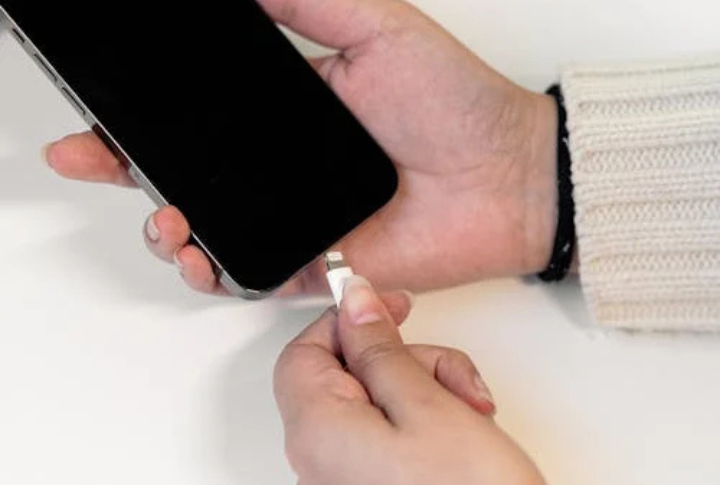
Most people think phone batteries are simple—plug in, charge, repeat. But there’s a lot more happening behind the scenes. The way a battery functions, degrades, and even charges isn’t common knowledge, yet it determines how long your phone actually lasts. Without understanding the basics, you could be unintentionally cutting its lifespan short or picking a phone based on all the wrong factors. It’s time to uncover what you were never told about a phone’s battery health and longevity.
Charging 100% Everytime Is Bad
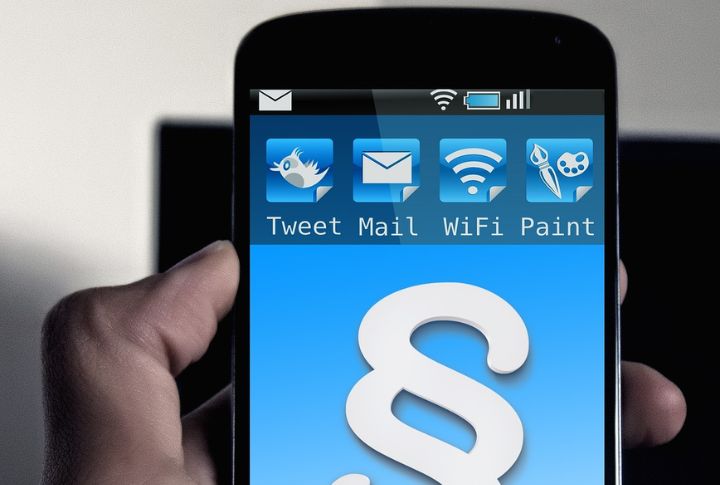
Smartphones are designed to stop drawing power when full, but that doesn’t mean they’re truly at rest. When left plugged in, they lose small amounts of charge due to background processes and compensate by repeatedly topping off. Convenience isn’t worth the gradual decline in battery performance.
Using Cheap Or Off-Brand Chargers Isn’t Helpful
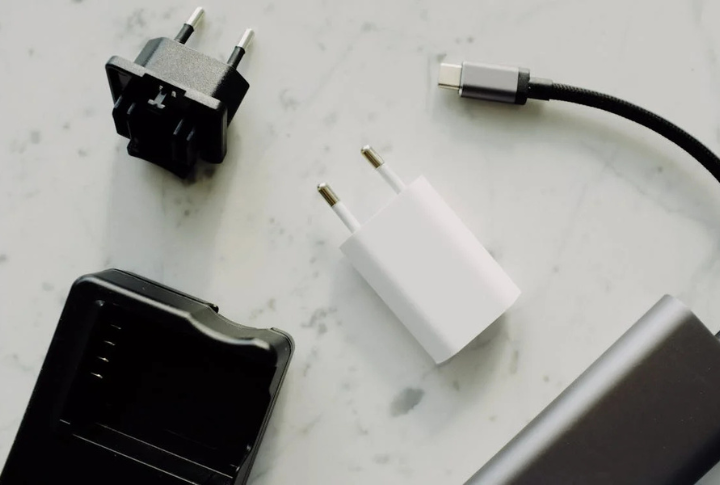
“Any charger should be fine, right?” That’s the myth. Certified chargers regulate output, preventing unnecessary degradation and keeping devices safe in the long run. Whereas cheap cables lack proper voltage regulation and can lead to inconsistent power flow.
Wireless Charging Everytime Kills Your Battery Faster
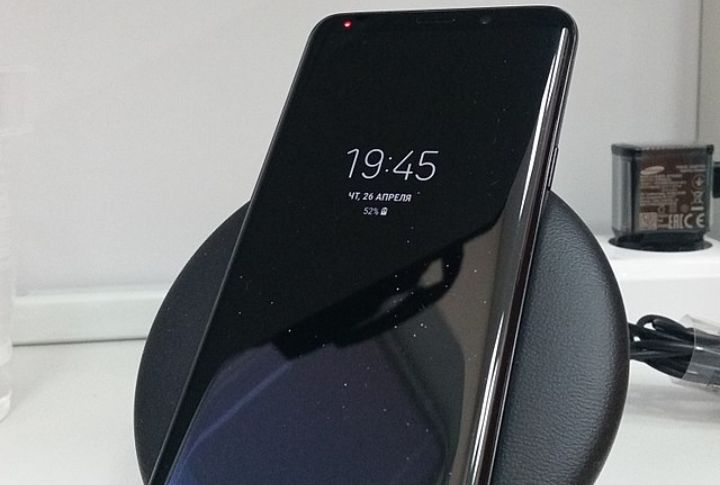
Wireless charging works, but relying on it too often speeds up battery decline. This is because wireless chargers generate excess heat, which deteriorates battery cells. Even when removed from the pad, the battery remains slightly warmer than usual.
Using The Phone While Charging Is A Disaster

Yes, it is tempting, and we are all guilty of doing that. However, when you answer calls during charging, heavy usage increases heat, and heat accelerates battery degradation. The worst offender is gaming while plugged in. A phone processing graphics and receiving power simultaneously? Be prepared for the heat spikes!
Quick Charges Aren’t As Harmless As You Think
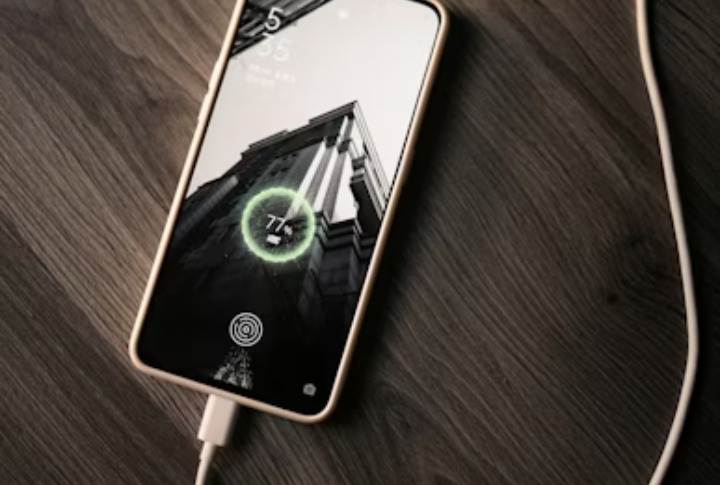
Plugging in for just a few minutes whenever you can? Sounds smart, but it’s actually a silent battery killer. While modern lithium-ion batteries handle partial charges well, excessive cycles can still add up. Over time, this repeated topping-off gradually reduces overall battery capacity.
Letting It Drain To Zero Is Overworking Your Battery
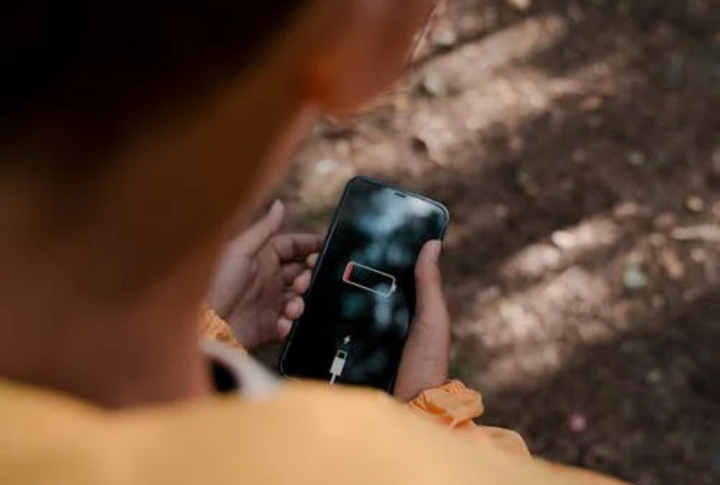
A phone battery isn’t a gas tank—it doesn’t need an empty-to-full refill. Running it to zero forces deeper discharge cycles, where your phone starts draining faster. Just imagine jogging until collapse instead of pacing. Small controlled charges, on the other hand, prevent unnecessary strain, which ensures battery endurance over years.
Charging In Extreme Temperatures Is Not Ideal
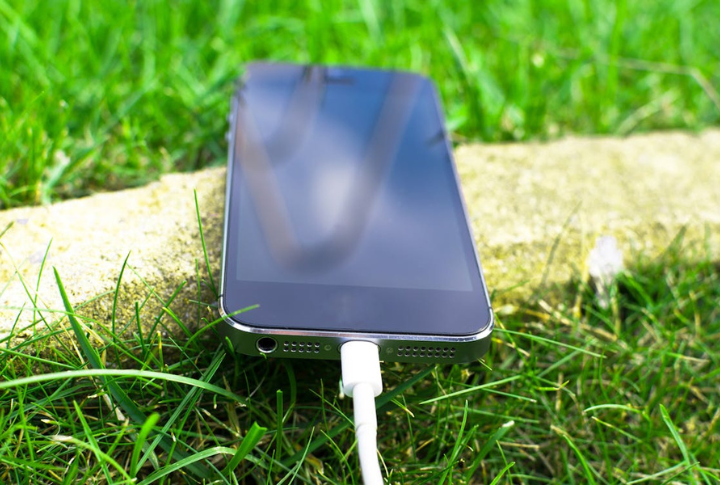
Yes, the temperature of the room also matters. Excess heat swells battery components, while cold slows down chemical reactions. Charging in such conditions can permanently weaken performance, eventually depleting their shelf life. So from now on, try not to charge in a hot car or freezing room.
Your High-Capacity Battery Can Still Die Fast

A 6000mAh battery seems like the ultimate power solution, right? But capacity alone doesn’t determine performance. Without optimized software, a large battery drains just as fast, leading to frequent recharges and faster wear. Plus, factors like display refresh rate, background processes, and chipset efficiency also play a huge role in battery longevity.
Background Applications Are Working Your Phone Up
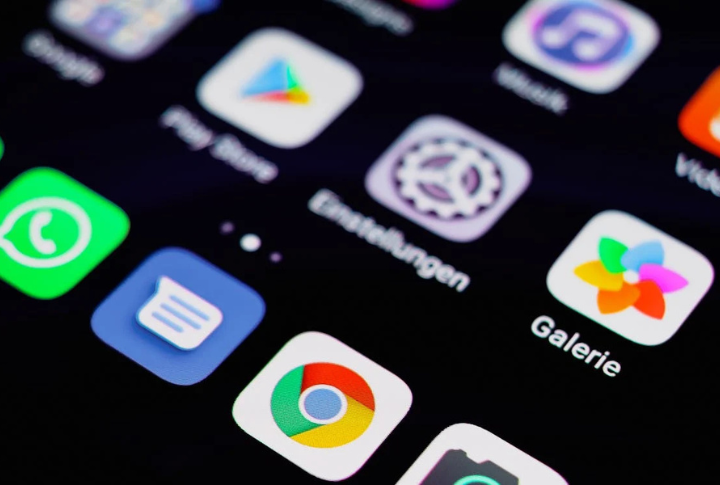
Your battery never really gets a break. Even when you’re not using your phone, background apps stay active—syncing, refreshing, and running quiet tasks. This constant micro-drain forces the battery into frequent mini-recharges, wearing it down over time and reducing its long-term capacity.
Fast Charging Isn’t Always Battery-Friendly
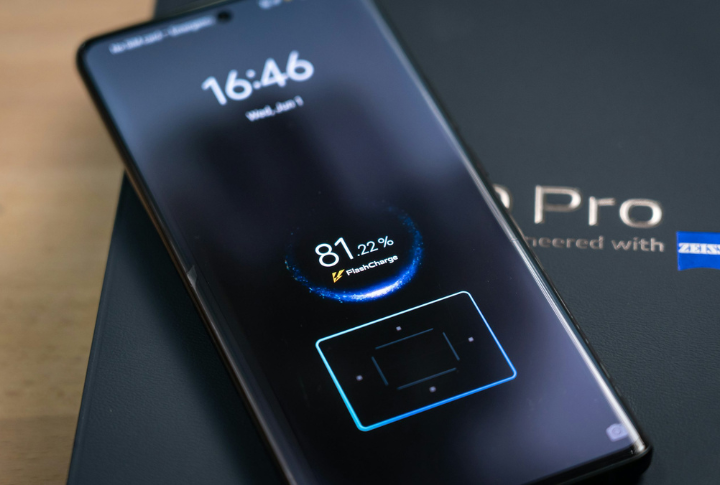
Fast charging fills up your battery in record time, but it’s not always a win. The more often you zap your phone with high-voltage power, the more strain it puts on battery cells. Over time, that rapid power boost takes a toll and slowly shortens your battery’s lifespan.
